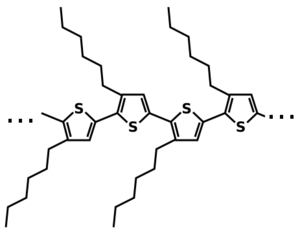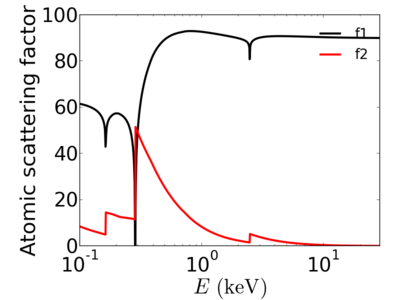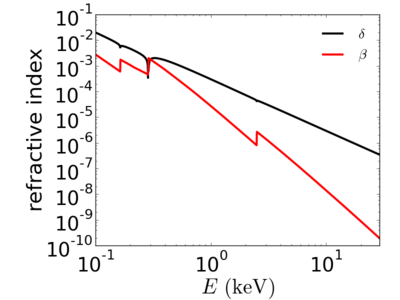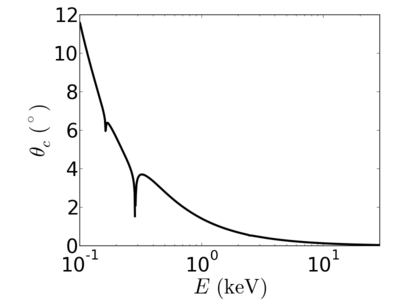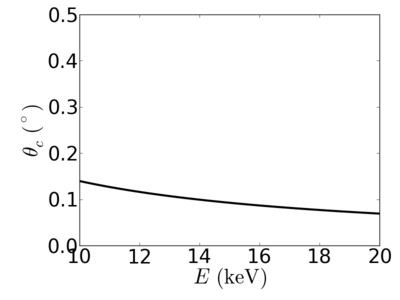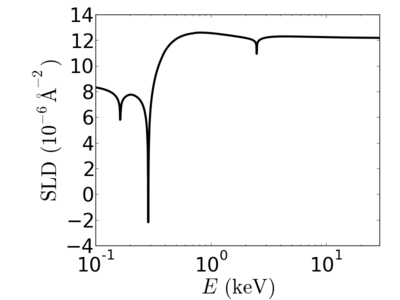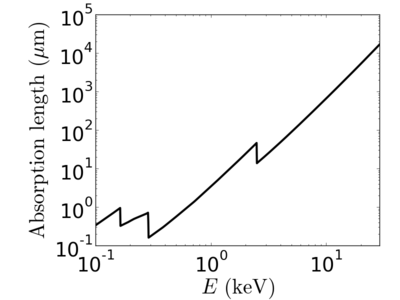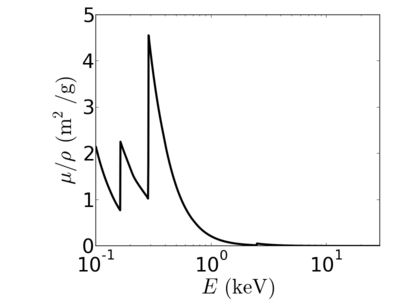Difference between revisions of "Material:P3HT"
KevinYager (talk | contribs) |
KevinYager (talk | contribs) |
||
| Line 1: | Line 1: | ||
[[Image:P3ht03.png|thumb|right|300px|Chemical structure of P3HT.]] | [[Image:P3ht03.png|thumb|right|300px|Chemical structure of P3HT.]] | ||
'''Poly(3-hexylthiophene)''' ('''P3HT''') is a polymer with chemical formula (C<sub>10</sub>H<sub>14</sub>S)<sub>n</sub>. It is a polythiophene with a short alkyl group on each repeat unit. It is noteworthy since is a seminconducting polymer; it can conduct positive charges (holes). It is a common material for studies of organic electronics (e.g. FETs) and for organic photovoltaics (OPV). | '''Poly(3-hexylthiophene)''' ('''P3HT''') is a polymer with chemical formula (C<sub>10</sub>H<sub>14</sub>S)<sub>n</sub>. It is a polythiophene with a short alkyl group on each repeat unit. It is noteworthy since is a seminconducting polymer; it can conduct positive charges (holes). It is a common material for studies of organic electronics (e.g. FETs) and for organic photovoltaics (OPV). | ||
| + | |||
| + | ==Organization== | ||
| + | P3HT typically organizes into a semi-crystalline state, with an idealized [[unit cell]] as shown below: | ||
| + | [[Image:Cell3-main2.png|thumb|center|300px|Cartoon of an idealized P3HT [[unit cell]].]] | ||
| + | Refer to [[Example:P3HT_orientation_analysis|P3HT orientation]] for details about the organization of P3HT. | ||
| + | |||
| + | ==Scattering== | ||
| + | TBD | ||
==Properties== | ==Properties== | ||
Revision as of 13:01, 18 June 2014
Poly(3-hexylthiophene) (P3HT) is a polymer with chemical formula (C10H14S)n. It is a polythiophene with a short alkyl group on each repeat unit. It is noteworthy since is a seminconducting polymer; it can conduct positive charges (holes). It is a common material for studies of organic electronics (e.g. FETs) and for organic photovoltaics (OPV).
Contents
Organization
P3HT typically organizes into a semi-crystalline state, with an idealized unit cell as shown below:
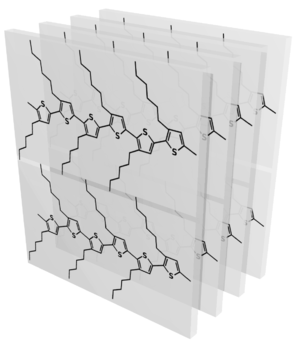
Cartoon of an idealized P3HT unit cell.
Refer to P3HT orientation for details about the organization of P3HT.
Scattering
TBD
Properties
- Density: ~1.33 g/cm3
- Neutron SLD: 0.817×10−6 Å−2
| Material | density (g/cm3) | X-ray energy (keV) | X-ray wavelength (Å) | critical angle (°) | qc (Å−1) | SLD (10−6Å−2) |
|---|---|---|---|---|---|---|
| P3HT | 1.33 | 2.0 | 6.20 | 0.700 | 0.0248 | 12.20 |
| 4.0 | 3.10 | 0.352 | 0.0249 | 12.33 | ||
| 8.0 | 1.55 | 0.176 | 0.0249 | 12.29 | ||
| 12.0 | 1.03 | 0.117 | 0.0248 | 12.25 | ||
| 16.0 | 0.77 | 0.088 | 0.0248 | 12.24 | ||
| 24.0 | 0.52 | 0.058 | 0.0248 | 12.2 |
